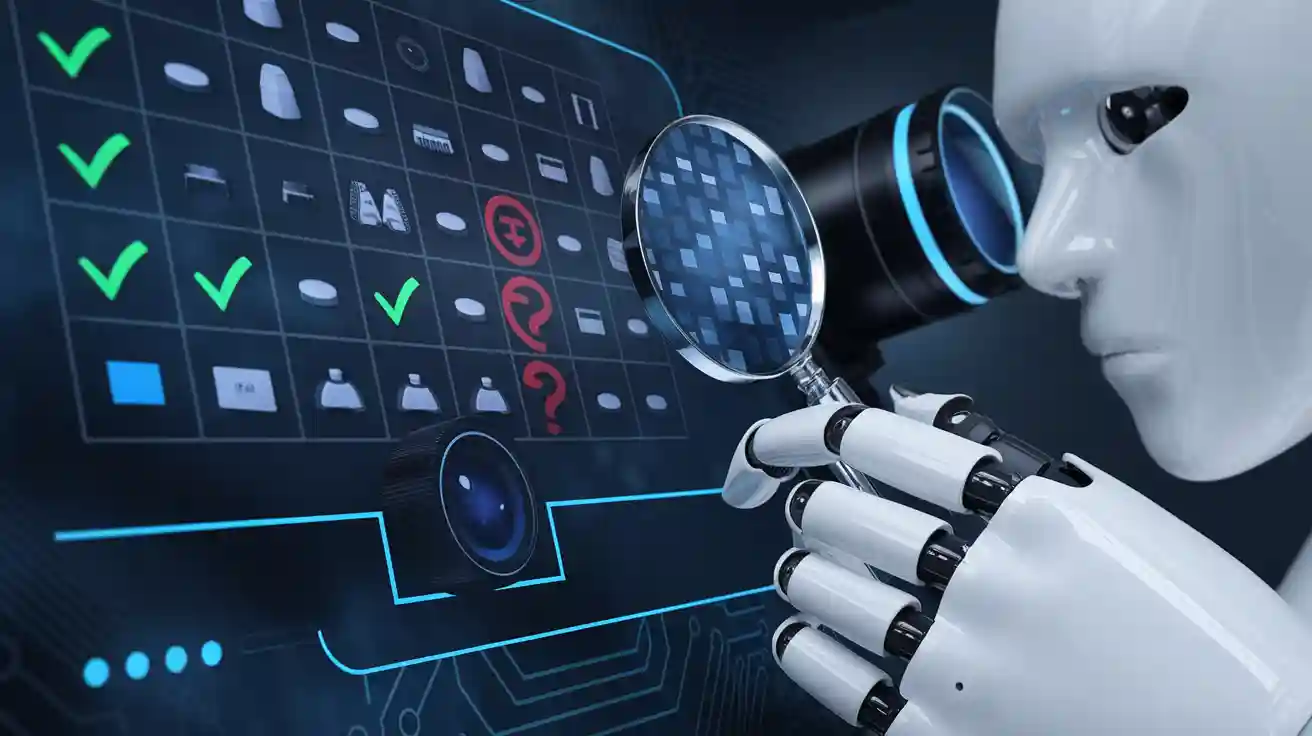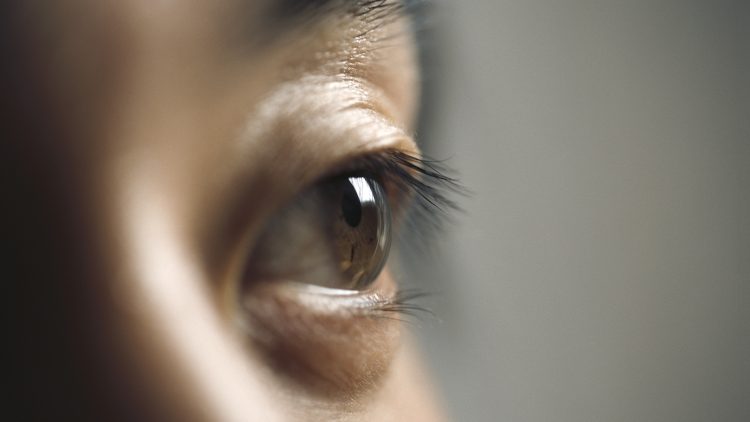The dream of restoring lost vision has long captivated scientists, medical professionals, and patients alike. Bionic eyes, or prosthetic vision systems, offer a tantalizing glimpse into the future of sight restoration. But how do they really compare to natural vision? This question is not just about technology; it’s about improving lives and offering hope to millions.
In this article, we’ll explore the inner workings of bionic eyes, their effectiveness, the challenges they face, and how they measure up to the way we naturally perceive the world around us. We’ll also discuss how bionic eyes are transforming the lives of individuals who rely on them, and what the future holds.
What Are Bionic Eyes?
Bionic eyes are prosthetic devices designed to restore vision to people who have lost their sight, especially due to conditions like macular degeneration, retinitis pigmentosa, or optic nerve damage. These devices typically work by bypassing the damaged parts of the eye and stimulating the remaining healthy tissue or directly stimulating the brain.
How Do Bionic Eyes Work?
Bionic eyes usually consist of three main components:
- A Camera: Often mounted on glasses or a pair of goggles, this camera captures the visual information.
- A Processor: The captured images are sent to a small processor, usually worn on the patient’s body. This processor translates the image into a format that can be understood by the bionic eye system.
- A Retinal Implant or Neural Interface: The translated data is sent directly to the retina, optic nerve, or visual cortex. This stimulation is what enables the user to “see.”
Natural Vision vs. Bionic Vision
Resolution: The Key Difference
One of the primary ways that bionic eyes differ from natural vision is in their resolution. Natural human vision can distinguish millions of colors and can detect fine details like facial expressions, small text, or intricate textures. On the other hand, most bionic eyes currently offer relatively low-resolution images.
For example, systems like the Argus II Retinal Prosthesis or PRIMA system have resolutions in the range of 60 to 200 pixels. While this is a vast improvement over complete blindness, it’s far from the sharp detail of the natural eye, which boasts a resolution equivalent to around 576 megapixels.

Why the Discrepancy?
- Biological complexity: Natural vision involves an extremely intricate process where light passes through the cornea, lens, and retina before being interpreted by the brain. Bionic eyes are still in the early stages of mimicking this biological complexity.
- Technology limitations: Present-day bionic eyes are limited by the size of implants and the amount of data that can be processed and transmitted to the brain or retina.
Field of View
A critical element of vision is the field of view (FOV), which determines how much of the world you can see at any given time without moving your eyes. Natural human vision typically offers a FOV of about 210°, with peripheral vision contributing to spatial awareness.
In contrast, most bionic eye systems only offer a limited field of view, ranging from 15° to 40°. This narrower scope can make it difficult for users to get a full picture of their surroundings, making navigation more challenging.
Color Perception
Natural vision offers rich color perception, thanks to the three types of cone cells in the retina (for red, green, and blue light). For people using bionic eyes, however, color perception can be quite different.
- Monochromatic or Limited Color Spectrum: Most systems use grayscale images or a limited color range. Advanced systems are working to introduce more color gradation, but the technology is still a long way from fully replicating the vibrant color spectrum we naturally see.
Depth Perception
Depth perception is another area where bionic eyes fall short when compared to natural vision. Natural vision allows us to gauge distances with incredible accuracy, thanks to the slight difference in the images each eye receives (binocular vision).
Bionic eyes, especially those with monocular systems (one camera for both eyes), struggle to provide this depth of field. Though some systems are attempting to simulate 3D vision, the lack of depth perception remains a significant hurdle.
Benefits of Bionic Eyes
Despite their limitations, bionic eyes provide significant benefits, especially for individuals with profound vision loss. The key advantages include:
- Restoration of Basic Sight:
Bionic eyes can help people with total blindness regain some basic visual functions, such as detecting light, recognizing shapes, or identifying the presence of objects. This can dramatically improve independence. - Improved Mobility:
Even with limited vision, individuals with bionic eyes can navigate their environment more safely than those who are completely blind. This mobility allows for greater autonomy in day-to-day activities. - Enhanced Quality of Life:
Many bionic eye users report improved emotional well-being, social interaction, and cognitive function. Being able to see the faces of loved ones or perform tasks like reading large print can significantly enhance one’s quality of life.
Challenges of Bionic Eyes
While the benefits are clear, several challenges remain in perfecting bionic eye technology.
1. Technological Limitations:
As discussed earlier, current bionic eye systems don’t match the fine detail and high resolution of natural vision. The technology is still in development, and even the most advanced systems come with trade-offs in terms of image quality.
2. High Costs:

The development, implantation, and ongoing maintenance of bionic eyes come at a steep price. Many systems cost tens of thousands of dollars, and some may not be covered by insurance. This makes access to bionic eyes limited, particularly for individuals in lower-income regions.
3. Adaptation Period:
Users of bionic eyes need time to adjust to their new vision. It’s not an instantaneous process, and in many cases, it requires therapy and retraining of the brain to interpret the limited visual signals. Patience and perseverance are essential during this transition phase.
4. Invasive Nature:
Some bionic eye systems require invasive surgical procedures to implant components directly into the eye or the brain. This raises concerns about safety, as well as the potential for complications like infection or rejection of the implant.
The Future of Bionic Vision
The field of bionic eyes is evolving rapidly, and the future looks promising. Here are a few exciting developments on the horizon:
- Higher Resolution: Future bionic eyes are expected to offer much higher resolution, allowing users to experience more detailed and lifelike images.
- Wireless and Non-invasive Solutions: Researchers are exploring the possibility of wireless implants and non-invasive solutions that could reduce the risk of surgery and complications.
- Brain-Computer Interfaces (BCIs): BCIs could revolutionize how bionic eyes function. These interfaces would connect directly to the brain, bypassing the damaged eye entirely and sending visual information straight to the visual cortex. This could potentially eliminate many of the current limitations, such as resolution and field of view.
- Augmented Reality Integration: Some systems are exploring the integration of augmented reality (AR), overlaying useful information (e.g., maps, labels, and warnings) onto the visual field. This could assist in navigation and make everyday tasks easier.
How Close Are We to Perfect Vision?
While bionic eyes are an incredible leap forward in vision restoration, they are still far from replicating natural vision with full clarity. We are in the early stages of what promises to be a revolution in vision enhancement. Over the next few decades, advancements in artificial intelligence, retinal implants, and brain interfaces may bridge the gap between bionic and natural vision.
The real question is not whether bionic eyes can replicate natural vision, but rather how much they can improve the lives of individuals who are otherwise blind. As technology advances, these systems will continue to evolve, offering hope and possibility for a brighter future.
Conclusion
Bionic eyes offer hope, but they are still far from matching the full capabilities of natural vision. While they can provide partial restoration of sight, their current resolution, color range, and field of view fall short of the complex, high-definition experience our eyes naturally provide. However, ongoing advancements in technology show immense promise. With improved resolution, wider fields of view, and innovative brain interfaces, the bionic eyes of tomorrow may very well come close to replicating the richness and detail of natural sight.
As research continues, we remain hopeful that bionic eyes will not just restore vision, but also offer new ways of perceiving the world around us.











































